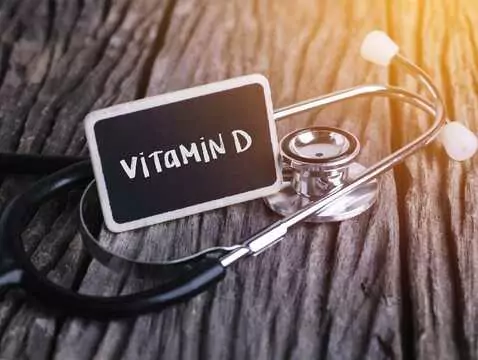Cancer challenges us to make many decisions. Although the solutions offered by today's medicine make it possible to fight cancer, they are not without negative effects on the body as a whole. This is because chemotherapy, radioactivity and pharmacotherapy are not targeted methods, i.e. they are aimed precisely at pathological cells. It is therefore not surprising that patients are looking for more natural and less invasive ways of treating or supporting anti-cancer treatment. These include diet therapy, i.e. the use of a specialised dietary model to eliminate or wipe out disease symptoms. One such model is the ketogenic diet.
What does cancer feed on?
We have known for a long time that dietary management can be one of the main currents in the fight against various diseases. - Diet should be an ongoing part of the treatment process, which further supports the work of the doctor. With the help of food, it is possible to activate the immune system, improve metabolism, maintain an optimum level of nutrition in the body or protect internal organs. In the case of oncology patients, the right diet can be a guarantee of a better health prognosis, explains dietetics expert Slawomir Kula.
The selection of a dietary plan for a person with cancer should first and foremost take into account the appropriate amount of daily calories, nutrients and vitamins, minerals and fluids. However, once we decide to fight cancer with a diet, it will be important to make dietary modifications that will eliminate the energy supply necessary for its development. It is therefore necessary to ask the question - what do cancer cells feed on? As in the case of healthy tissues, carbohydrates, specifically glucose, are the most easily digested food. However, in the event of a glucose deficit, our body can also feed on fats, which cancer does not have the ability to do. - Fats are digested into free fatty acids and in this form can be absorbed into the blood or lymphatic system. Due to a lack of oxaloacetate and a shortage of carbohydrates, incomplete combustion occurs with the formation of ketone bodies, which are distributed to the tissues, explains the dietician. This condition is referred to as ketosis.
Medical ketosis
Healthy cells therefore have two options - deriving energy from carbohydrates and deriving energy from fats. The situation is different for cancer cells.
- Glucose is preferred by the vast majority of tissues. Cancer cells also feed on it. However, in the event of a carbohydrate deficit, healthy cells will also take up energy from ketone bodies, but cancer cells do not have this ability, the specialist adds. This finding was the starting point for the development of the ketogenic (or ketogenic, low-carbohydrate) diet, which was initially used to treat drug-resistant epilepsy in children. It is also used in elderly patients suffering from Parkinson's or Alzheimer's disease. Reports of its efficacy in brain tumour (glioblastoma multiforme) have led to its use in oncology patients on an increasing scale. This has resulted in, among other things, a significant inhibition of tumour growth, a reduction in the number of blood vessels supplying nutrients to the tumour and an increase in apoptotic processes (i.e. leading to death) in pathological cells. A prerequisite for the success of such a strategy, however, is that the dietary guidelines are strictly adhered to, and a dietary pattern chosen that maintains the body's full health. It is therefore not enough to switch to a high-fat dietary model and completely eliminate other macronutrients, as this will not end well for our organism.
Key 2:1 ratio
- The most similar to the ketogenic diet described in the scientific literature and the one used in research is the OleoKeto diet. This is because the diet used by people with cancer must have as much in common with rational dietary principles as possible , explains Slawomir Kula. The OleoKeto model consists in supplying the body with fats, carbohydrates and proteins in a 2:1 ratio (fats: proteins and carbohydrates). In this way, we strongly reduce the glucose nourishment of cancer cells, while at the same time successfully using fats for energy metabolism and nourishment of the entire body. The ketone bodies formed by incomplete oxidation of fatty acids replace glucose in metabolic pathways. A surge of energy and improved concentration is felt. As the dietician mentions: ' However, due to the high restrictions on carbohydrate intake and the prevalence of carbohydrates in foods, creating a fully balanced menu can be somewhat difficult. The consequence of this can be a deficiency of vitamins and minerals, which are insanely important for cancer patients. This is why it is advisable to follow the ketogenic diet under the supervision of a doctor or dietician, to adhere unconditionally to its principles and to supplement the menu with dietary foods for special medical purposes such as Dekarcenal. How to wisely introduce and maintain such a dietary model?









